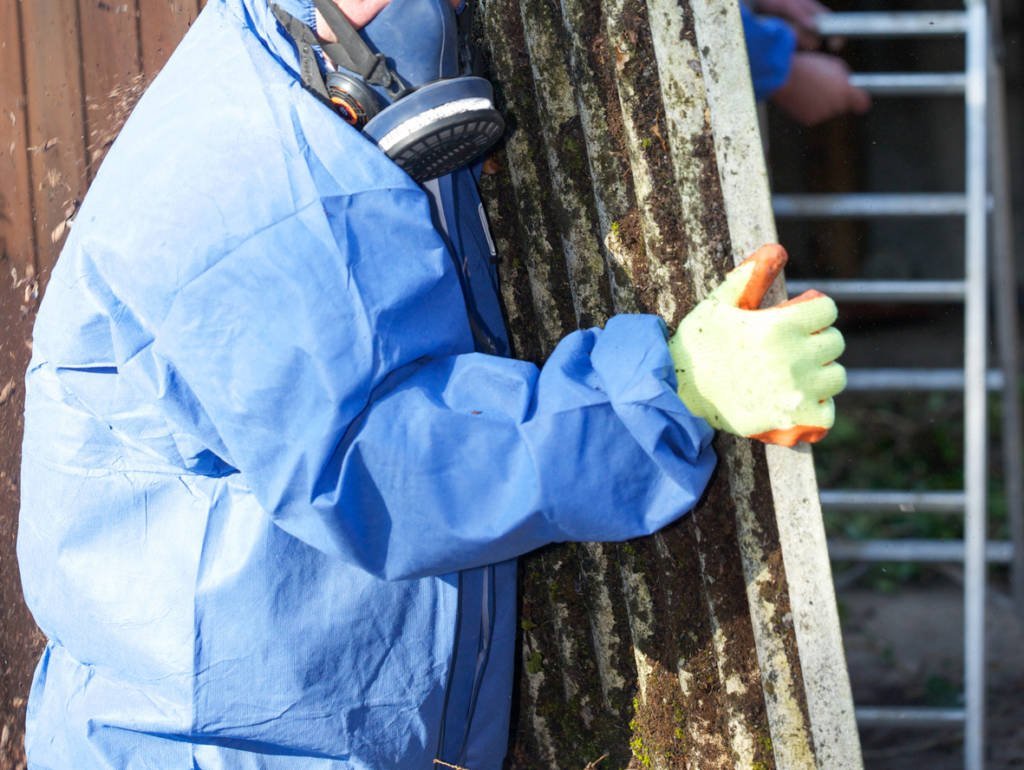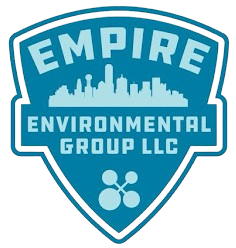If you own an older property or are considering renovations, you’ve probably heard warnings about asbestos. This hazardous material was widely used for decades in insulation, roofing, flooring, and even siding. While it’s no longer used in modern construction, it can still be lurking in homes and commercial spaces built before the 1980s. Understanding how to identify and remove asbestos safely isn’t just important; it’s critical for your health and your property’s safety.
In this guide, we’ll walk you through everything you need to know about asbestos inspection and abatement, from asbestos testing to air quality testing for asbestos and safe removal practices. Whether you’re a homeowner, contractor, or property manager, this guide will help you make informed decisions while keeping safety the top priority.
Why Asbestos Inspection Should Be Your First Step
Before you can handle asbestos, you must confirm its presence. That’s where a professional asbestos survey comes in. Certified inspectors use specialized tools for asbestos detection and environmental inspection, carefully sampling building materials like drywall, insulation, and flooring.
Skipping this step can be costly. If you start renovations or demolition without confirming asbestos presence, you risk contaminating your property with dangerous fibers, potentially exposing everyone inside to severe health risks, including lung disease and mesothelioma. A simple hazardous material inspection saves time, money, and lives.
Understanding the Asbestos Survey and Testing Process
The asbestos testing process is more thorough than you might think. Trained professionals inspect all areas of your property where asbestos might be hidden, from attic insulation to vinyl flooring and even old ceiling tiles.
After samples are collected, a certified lab performs asbestos analysis to determine the type and concentration of fibers. Results guide whether asbestos abatement, the safe removal, or encapsulation of asbestos is necessary. For larger commercial properties or demolition projects, comprehensive environmental inspection and air quality testing for asbestos are also performed to ensure the area is safe for occupants.
If your property requires removal, consider expert asbestos removal services in Dallas, TX for safe, compliant solutions.
The Risks of Skipping Hazardous Material Inspection

Skipping a hazardous material inspection can lead to serious legal and health consequences. Disturbing asbestos without proper detection and removal spreads microscopic fibers into the air, where they can linger for hours or days.
Even short-term exposure can cause respiratory irritation, while long-term exposure is linked to cancers like mesothelioma. For property owners planning renovations or demolition, failing to test can result in fines and project shutdowns. This is why environmental inspections aren’t just about safety—they’re a legal necessity.
Safe Asbestos Abatement: What You Should Expect
Once asbestos is confirmed, safe asbestos abatement begins. Licensed abatement professionals use negative air pressure systems, sealed work zones, and air quality testing for asbestos to ensure no contamination escapes during removal.
The process may involve either removing asbestos-containing materials or encapsulating them with a protective sealant to prevent fiber release. Each method requires specialized equipment, safety gear, and disposal protocols in compliance with EPA and OSHA standards.
For larger projects that involve tearing down structures, professional demolition services in Dallas ensure safe handling of all asbestos-containing materials.
Post-Removal Air Quality Testing for Peace of Mind
After asbestos abatement, the job isn’t over. Air quality testing for asbestos ensures no airborne fibers remain. This testing uses sensitive equipment to detect even trace amounts of asbestos, giving homeowners and business owners confidence that their property is safe.
Skipping this final step can be a critical mistake, as undetected fibers could still pose health risks long after removal. Most certified companies include post-abatement environmental inspection as part of their service package.
After asbestos removal, it’s crucial to ensure your indoor environment is safe. Post-removal air quality testing verifies that harmful fibers are no longer present, offering peace of mind before you return or renovate. Certified professionals use specialized equipment to assess air samples and confirm compliance with safety standards. Skipping this step could leave hidden dangers behind.
If you’re planning updates, be proactive—see Do I Need Asbestos Removal Before Renovating My Home? to learn why early detection and testing are essential.
When Asbestos Meets Other Property Hazards
Older properties often face multiple challenges, not just asbestos. If you’re also dealing with mold growth or water damage, it’s crucial to coordinate remediation efforts properly. For example, water damage can weaken asbestos-containing materials, increasing the risk of fiber release.
Working with companies that handle both asbestos and related issues, such as mold remediation and water damage restoration, ensures all hazards are addressed safely. Comprehensive solutions, including water mitigation, help prevent future contamination.
Final Thoughts
Dealing with asbestos can feel overwhelming, but with the right steps, you can protect your property and everyone inside it. Starting with a thorough asbestos inspection, followed by certified asbestos testing, and finishing with professional asbestos abatement, you’ll ensure your home or business remains safe for years to come.
For expert help, visit Empire Environmental asbestos removal services in Dallas and take the first step toward a safer property today.
FAQs
Q: How do I know if my home has asbestos?
A: Homes built before the 1980s often contain asbestos in insulation, flooring, siding, or roofing. A professional asbestos inspection is the only reliable way to confirm.
Q: Is asbestos dangerous if it’s not disturbed?
A: Generally, asbestos is most dangerous when disturbed. If it’s in good condition and left untouched, it poses minimal risk. However, renovations or water damage can release fibers, making testing essential.
Q: How long does asbestos testing take?
A: Most asbestos testing can be completed in a few hours, with lab results available within a few days.
Q: Can I remove asbestos myself?
A: DIY removal is not recommended. It’s illegal in many areas for unlicensed individuals to perform asbestos abatement, as improper handling can worsen contamination.
Q: What happens after asbestos removal?
A: After removal, air quality testing for asbestos is performed to ensure the area is safe. Only then is the space cleared for occupancy or construction.

